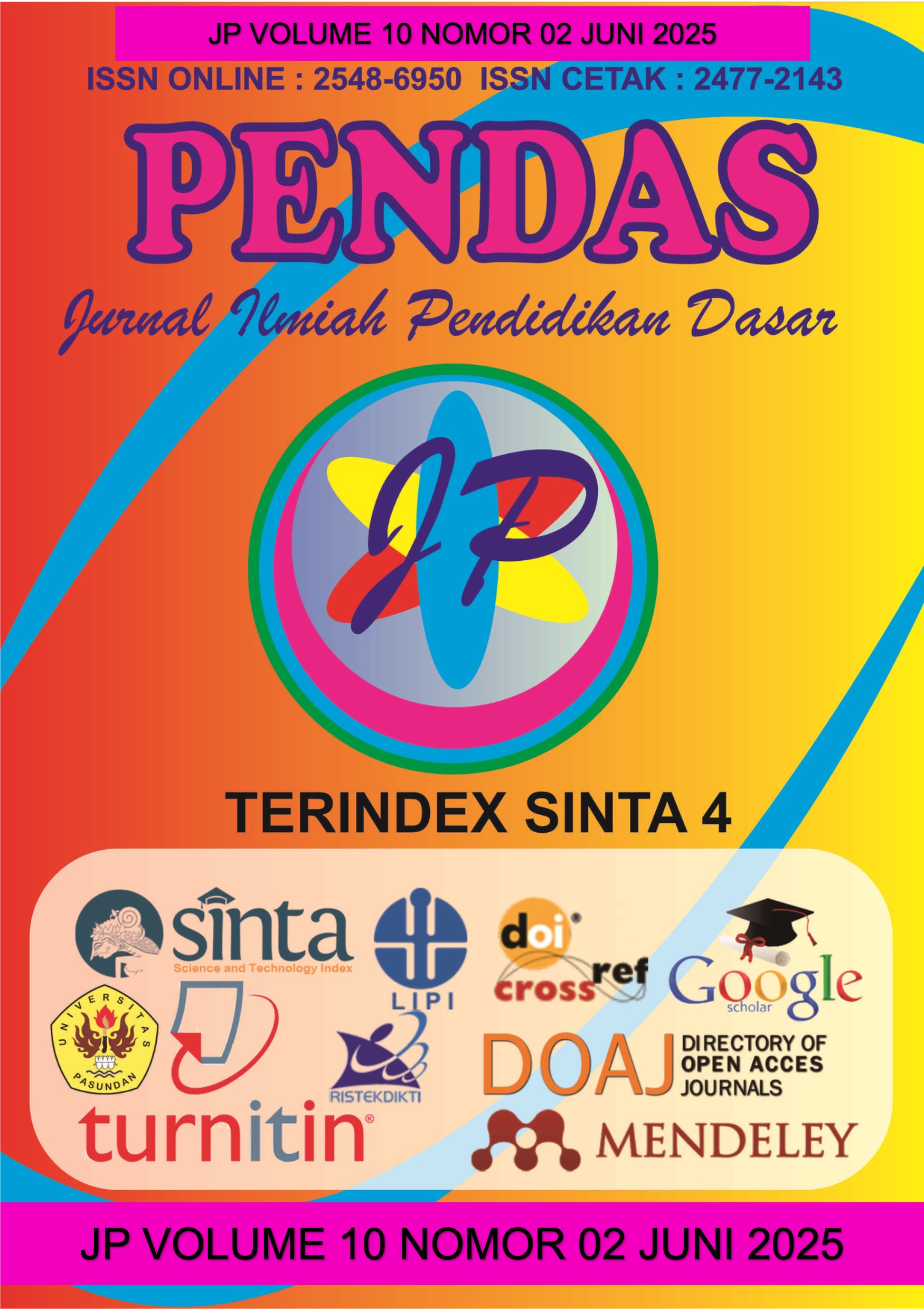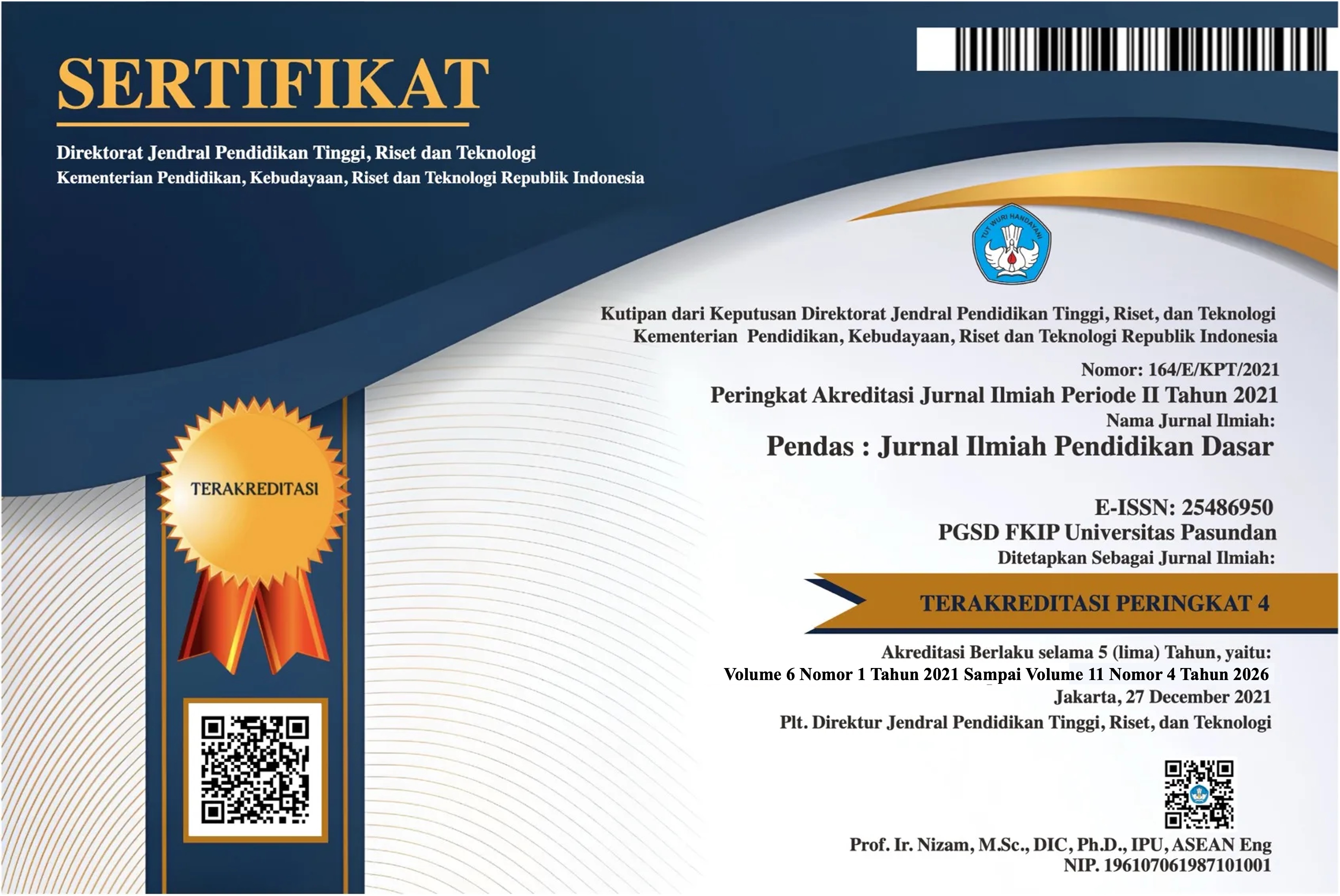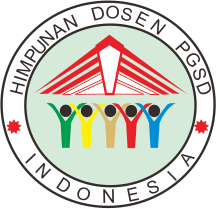PENGEMBANGAN ALAT ASESMEN AWAL MELALUI INSTASTORY GUNA MENENTUKAN GAYA BELAJAR SISWA KELAS XI SMA
DOI:
https://doi.org/10.23969/jp.v10i02.25940Keywords:
initial asesment tool, instastory, learning styleAbstract
Effective learning requires a way to understand the characteristics of students well, one of which is by understanding their learning styles. Therefore, the purpose of this study is to develop an initial assessment tool through instastory to determine the learning styles of students in grade XI SMA. the procedure used in this study is the ADDIE model development procedure this procedure consists of several steps namely analysis, design, development, implementation, and evaluation. In this study, data collection instruments through expert validation sheets. After going through the validation process, the next step is to analyze the data. In the media expert validation test, it obtained an average value of 92% with a statement that the media was valid / feasible to use, and the results of the material validation test obtained an average of 88% which stated that the material was valid / feasible to use. Then it was tested on students with an average result of 88% with a fairly valid category. Therefore, this initial assessment tool through instastory can be used as an interesting and solutive initial assessment tool in determining students' learning styles.
Downloads
References
Prensky, M. (2001). Digital Natives, Digital Immigrants. On the Horizon.
Fleming, N. D., & Mills, C. (1992). Not Another Inventory, Rather a Catalyst for Reflection. To Improve the Academy.
Alhabash, S., & Ma, M. (2017). A Tale of Four Platforms: Motivations and Uses of Facebook, Twitter, Instagram, and Snapchat among College Students. Social Media + Society.
Branch, R. M. (2009). Instructional Design: The ADDIE Approach. Springer Science & Business Media.
Sugiyono. (2017). Metode Penelitian dan Pengembangan (Research and Development). Bandung: Alfabeta.
Thiagarajan, S., Semmel, D. S., & Semmel, M. I. (1974). Instructional Development for Training Teachers of Exceptional Children. Indiana University.
Dabbagh, N. (2020). The Use of Social Media in E-Learning: A Review. Computers in Human Behavior Reports, 2, 100030.
Alotaibi, M. (2021). Interactive Learning via Instagram Stories: The Effectiveness in Educational Contexts. Education and Information Technologies, 26, 3015–3032.
Yousef, A. M. F., Chatti, M. A., & Schroeder, U. (2019). The Impact of Social Media on Learning: A Review Study. International Journal of Emerging Technologies in Learning (iJET), 14(1), 36–50.
Tessitore, F., et al. (2021). Social Media as a Learning Tool: A Meta-Analysis. Computers & Education, 175, 104317.
García-Peñalvo, F. J., et al. (2020). Personalized Learning: A Review and Future Perspectives. Education Sciences, 10(3), 86.
Downloads
Published
Issue
Section
License
Copyright (c) 2025 Pendas : Jurnal Ilmiah Pendidikan Dasar

This work is licensed under a Creative Commons Attribution 4.0 International License.



















